-
Posts
3,621 -
Joined
-
Last visited
Content Type
Profiles
Forums
Gallery
Events
Store
Posts posted by Prairiehammer
-
-
I removed the end connected to joint since it was leaking gas.
I almost missed this comment.
There should be NO fuel at either end of hose from the intake to the Boost Sensor.
If it was leaking gasoline at the intake boot (your "joint"?) there is a problem!
Raw fuel should never get to the intake or cylinders. It should not be present in any vacuum lines, either.
If you had fuel leaking from that tube where it connected to the intake boot, there is a danger of hydro locking that cylinder. Very bad if that happens. Things will break.
To be safe, pull the spark plug on that particular cylinder before attempting to crank the engine.
-
I don't have the stock TCI, instead I believe my current TCI is yellow label off of a Vmax. I guess I will go ahead and get a restrictor, new hose and connect to boost sensor and #2 intake port. Will that work?
It should work.
Consider that the inner diameter of the hose from the vacuum restrictor to the Boost Sensor is smaller than the inner diameter of the hose from the intake boot to the restrictor. You will need two different hoses. (See the pic of the restrictor). Yamaha calls that restrictor a "nozzle", part number 41R-14489-00. It is available from Yamaha, Partzilla and on eBay. for about $11 - $15.
The hose from intake boot to restrictor is part number 90445-09757-00, about $5. I do not know the size or part number for the hose from the restrictor to the Boost Sensor.
Note that the restrictor/nozzle must be oriented with arrow pointing up to the Boost Sensor. In addition to it being a vacuum restrictor that dampens the vacuum pulses from the intake, it is also a one way check valve that prevents pressure from the intake going to the Boost Sensor (as in a backfire). Pressure on the Boost Sensor may damaged it.
-
What is this little tube. Looks like one end goes to a sensor and other end fits into carb joint. I removed the end connected to joint since it was leaking gas. I will have to find a small nipple fitting to make it fit right.
That tube is not factory.
There IS supposed to be a hose from the number 2 carburetor to the "Boost Sensor" on the 1983.
On the the 1984-1993, the hose should connect to the number 2 intake on the synchronizing port and go up to the Boost Sensor. There should be a small plastic restrictor in the hose to the Boost Sensor.
Restrictor:
-
-
-
-
Good Condition. It has been dyed to regain the maroon/burgundy original color. It had a Venture Touring Society patch adhered to it. I removed the patch and re-dyed it. Pictures show before and after. It fits the 1983-1984 VentureLine trunk rack perfectly, but some of the snaps don't fit the later VentureLine trunk rack. It is still functional on the newer VentureLine rack, just that not all the snap mounts engage the rack.
$33 includes FREE shipping to US address. PayPal.
-
-
Just found another black arm rest in my junk pile I mean surplus inventory. so now I have two matching black arm rests. Glad I didn't repaint the second one. so now everything except the pouches match. So Prairiehammer what would you want for the grey pouches.
I have three gray trunk pouches and two gray fairing pouches. One fairing pouch snap was pulled free by the PO and has been repaired.
$20 each your choice plus actual shipping costs. How many do you want?
-
Yo, Don.
Still around, of course, always trying to help the poor ones with their First Gen Ventures. Us old timers have to stick together. Haven't ridden The Tuxedo for four years, but still keep it raring to go, just in case.
-
I agree with Carl.
However, Jon, is that hose attached to the carburetor or to the intake boot (at the synch port)?
Your 1986 should not have a nipple for a hose ON THE CARBURETOR.
-
I have a 1985 Yamaha Venture Royal that I need a new throttle cable, I have ordered 3 different cables so far and they're all wrong. I am ordering OEM cables too, I tried a few different years.
41V-26312-00-00
41V-26311-00-00
The part numbers on the cable are 41v-00 4j23 and don't match what I ordered. THe angle going into the carburetor is completely different. Any ideas? Thanks!!
Part number 41V-26312-00-00, CABLE, throttle 2 and part number 41V-26311-00-00, CABLE, throttle 1 are for the cables from the handlebar to the cable junction. Those cables do not attach to the carburetor.
The cables from the cable junction to the carbs are CABLE, THROTTLE 3, 41V-26313-01-00 and CABLE, THROTTLE 4, 41V-2631J-00-00.
[h=1][/h]
-
WoW!
That was quick!
Thank you.
-
Don, would you install the pictures in this thread? Thank you.
-
But before dropping dollars on another 30 year old CLASS control, remove the board and with a magnifying glass check all the soldering on the PCB, especially at the harness connector. In fact, I would just resolder ALL the connector solder joints.
-
The CLASS controller is the same for all years.
The 1987 Controller will work in your 1984.
-
Okay, Carbs are completed and are in the air back to me. should receive mid week. I was reading over the manual and upon reassembly, it states you have to "level" the fuel?? I thought since the carbs have been professionally cleaned and rebuilt, synced and leak tested this wouldn't be necessary.
thoughts?
I can't find that passage in my manual, but I am assuming that you mean checking and adjusting the float bowl fuel level. The carbs can be rebuilt but that does not guarantee that the fuel level is correct.
Since you state that the carbs have been "leak tested", presumably by filling the carbs with fuel, perhaps the mechanic also checked the bowl fuel level. Filling the carb with fuel is really the only way to check the final fuel level. One can do an approximation of proper float position (fuel level) by measuring the float height relative to the bowl lip, but a running engine can sometimes show different fuel levels for each bowl, despite the float position being identical in each carb. Hopefully your carbs will be correctly set for fuel level. After installation, check the fuel level. If incorrect, remove the carbs from the bike, break the rack of carbs, remove the float bowl cover and bend the tang on the float to correct the fuel level. Reassemble and check the fuel level on the bike. As you can see, it is a PITA. That's why getting the setting correct for float position while on the bench is so desirable. But there are no guarantees.
As for the carbs being "synched", the carbs were bench synched. This involves insuring that each carb butterfly is set to the same opening mechanically. This should get your carbs in the ball park, but proper synchronization can only occur with the carbs mounted on a running engine.
-
Hi I'm new to the forum I have a 83 venture with a Watsonian sidecar can anyone tell me the part no for the flasher canceling unit
The cancelling unit for the 1983 (26H or 31M VIN prefix) is part number 1A0-83395-03-00. It is a distinct separate unit from the turn signal flasher and from the hazard flasher.
If, on the other hand, you in fact have a 1983½ model (47R or 47T VIN prefix), the canceling unit is integral with the turn signal flasher and the hazard flasher all in one unit. Part number for that combination relay/canceling unit is 41R-85740-00-00.
Provide your Venture's VIN to be sure.

BTW, you should have started your thread as a new thread/topic rather than add it to a 7 year old unrelated thread. You would get more replies and answers.
-
Contrary to what some others have experienced, some folks have lost the radio when the cassette player is removed.
If it occurs for you, the solution is simple.
It is explained in this document.
-
I don't even have a good picture of him to add to our memorials. If anybody has one, please get it to me please.
I have befriended Fred's adopted son Ed Metcalfe. Ed inherited Fred's 1991 Venture that he won at the Venture Touring Society's Sault Ste. Marie 1991 V-Daze. Ed also inherited the shed full of Venture parts and Venture motorcycles as well as the Flexit sidecar that Fred had on his 1984 Royale. Ed is retaining the 1991 but is going to inventory and sell the parts. I have suggested that Ed join the VRO. He goes by the handle of "Smilin Ed".
Ed forwarded to me these pictures of Fred.
-
I see. Another question. What symptoms do I look for if this one is not compatible enough?
I have no experience running a VMax TCI on a Venture, so I can't say with certainty, but it may exhibit poor performance at the lower rpm range due to the different ignition advance curve.
Someone, may have better answers, I simply don't know.
I do know that aside from the ignition advance curve, the VMax TCI controlled the servo motor for the V-Boost intake on the VMax. How that affects the ignition on a Venture, if at all, I can't say.
-
Thank you sir. I will try that and let you know how things turn out. What year would this vmax unit be?
The 1985 VMax TCI was 1FK-09, so your 1FK-10 is from a newer VMax. I am not certain exactly what year, they used it for several years.
EDIT:
The 1FK-** was used from 1985-1989 on the VMax. From 1990-2006 the 3JP-** TCI was used. The 3JP-** TCI was for a single pick-up. The 1FK-** was for the four pick-up system.
-
I would at least start with the VMax TCI since you have it. If it doesn't work well then you can always go with either a 41R-10/11 Yamaha TCI for the 1984-1989 Ventures or go with an Ignitech aftermarket unit.
-
Here is the ignition unit that was moved to the top of the airbox, not original. So do I leave #2 carb vacuum port plugged ? Why would someone put a different unit on?
That 1FK-10 TCI is for a VMax.
Perhaps the original 26H-10 TCI was bad and the V-Max TCI was available and probably would allow the engine to run, although the timing curve and other things are different on the V-Max TCI.
And yes, since you aren't running the 26H-10 TCI, the vacuum port on number 2 carb should be plugged.



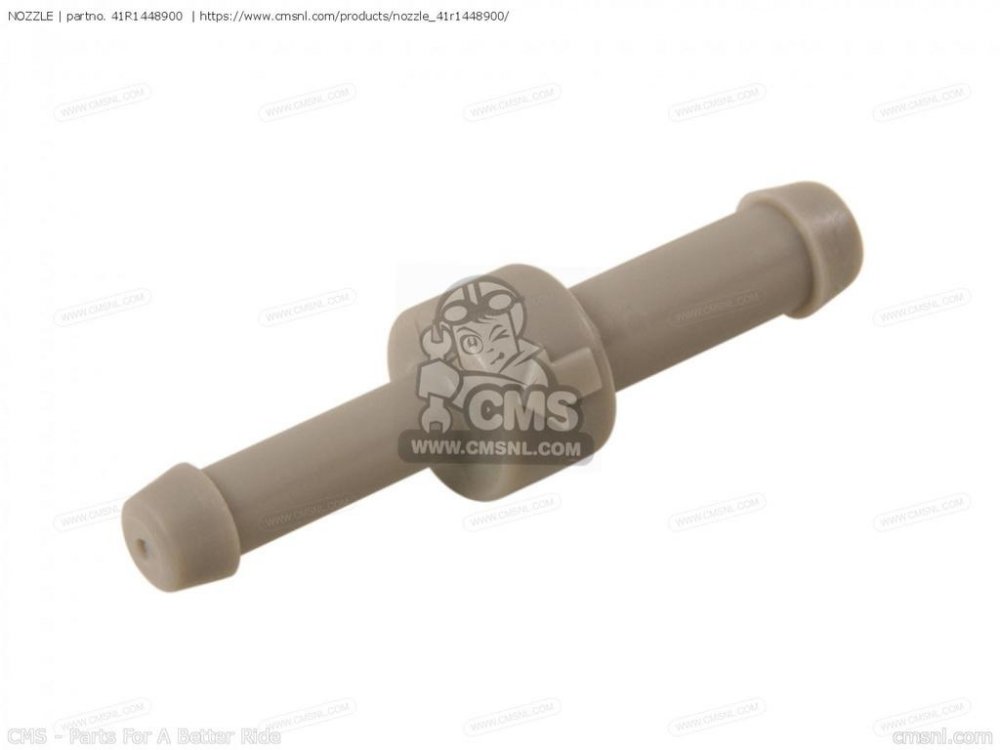
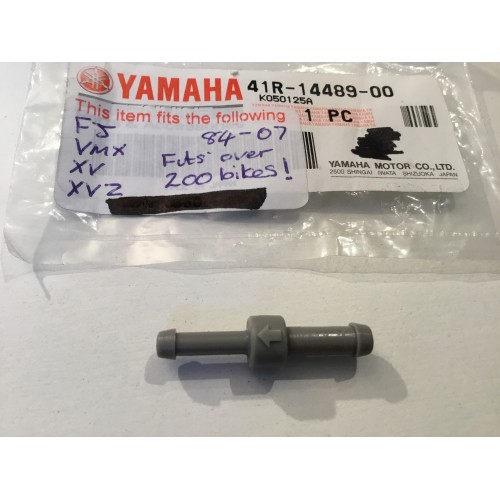
.thumb.jpg.43ef79eb993093ade9a1578ecf5a52c4.jpg)
.thumb.jpg.892f14cb2e182932230619ab1c4e323e.jpg)
.thumb.jpg.2e1074a5bd73986bf714a352dc136aff.jpg)
.thumb.jpg.8c80773225541437d44180e488e3d251.jpg)

.thumb.jpg.0fd4e725787ed06c4f4ffbbac596f7b8.jpg)
.thumb.jpg.602bee9363cb1fe7bce4595c51b9d4f8.jpg)
.thumb.jpg.a7716d514a6119742d551c25d59f6f55.jpg)
(Large).thumb.jpg.e84c6ca572d3368bfc1225820ea95fdb.jpg)
(Large).thumb.jpg.08bceaab57c6402c87264585c09523fb.jpg)
(Large).thumb.jpg.5ea190e8d0883937d61f29a201c2f388.jpg)
(Large).thumb.jpg.781b4d73246f4174f829276dda22159b.jpg)

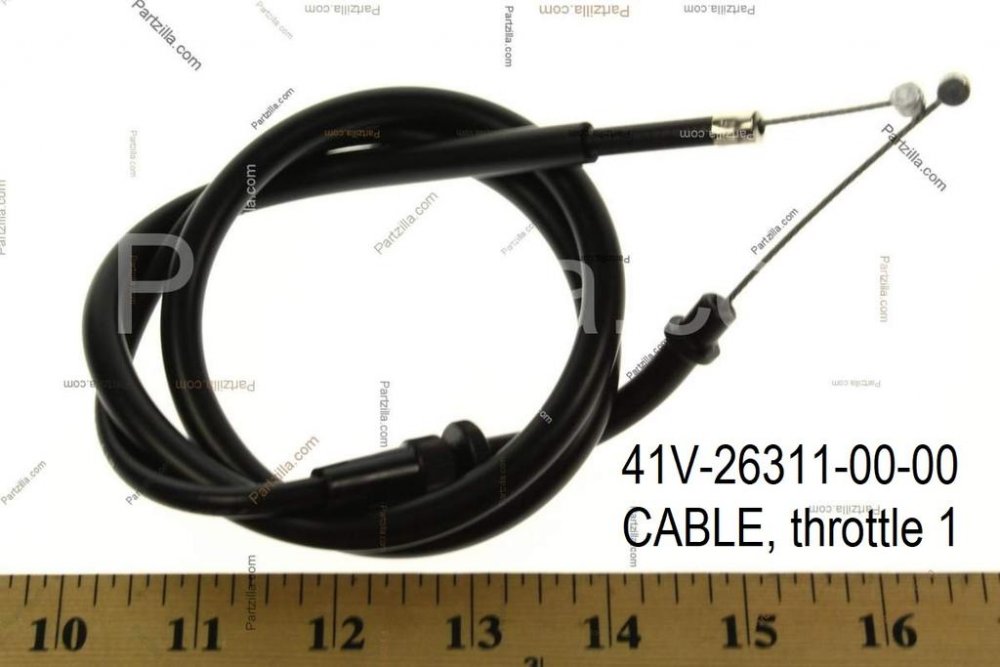
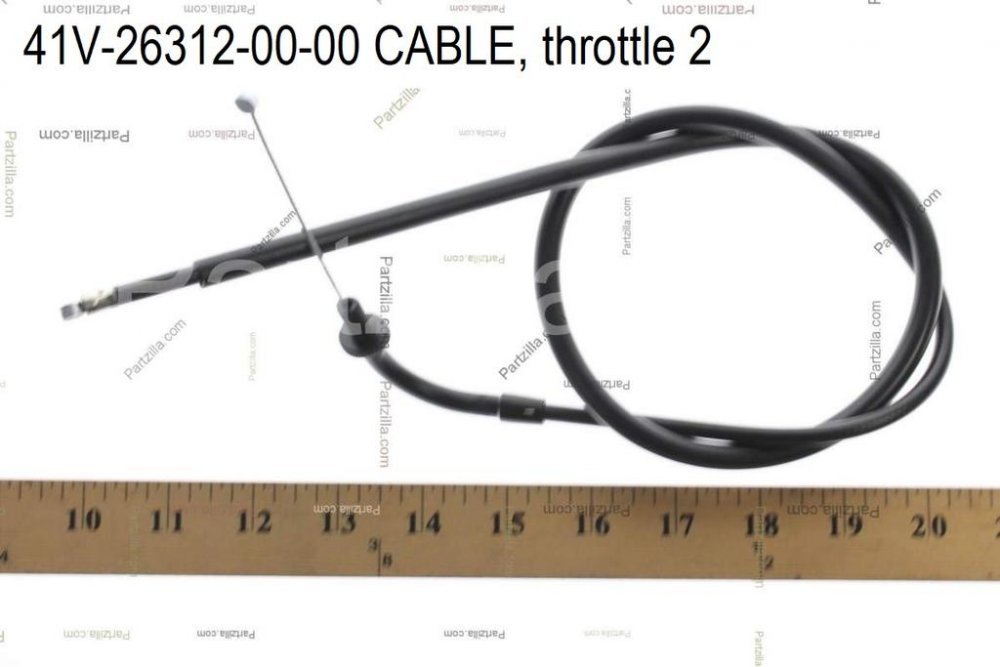
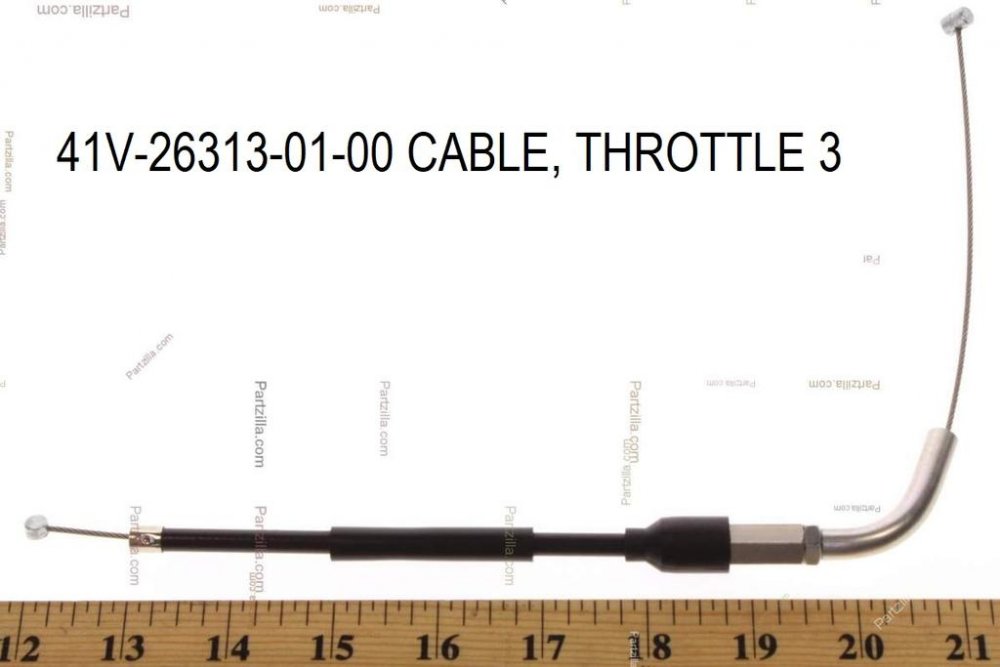
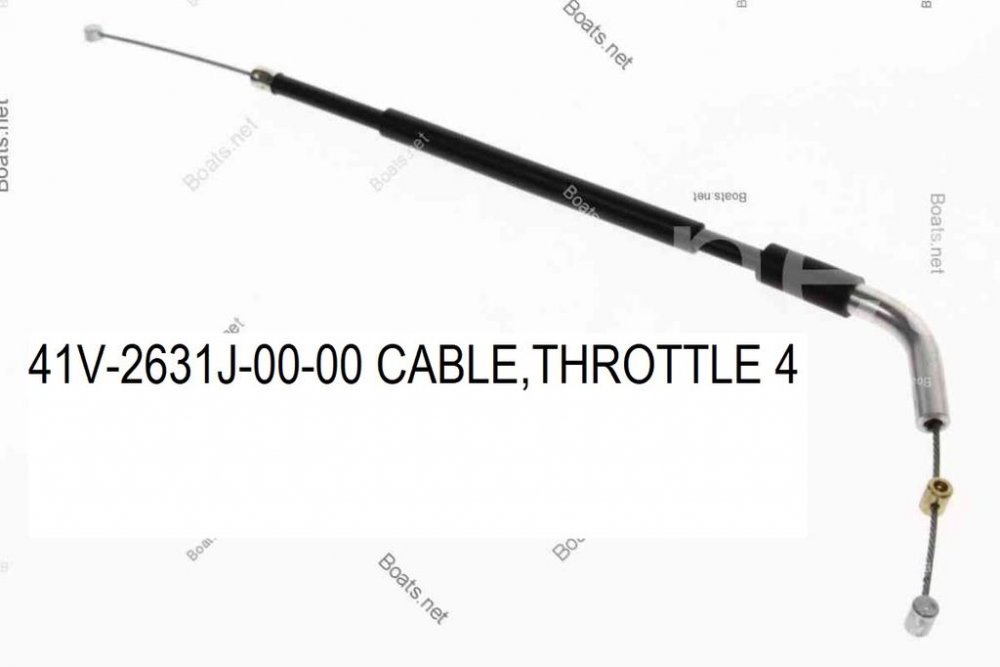
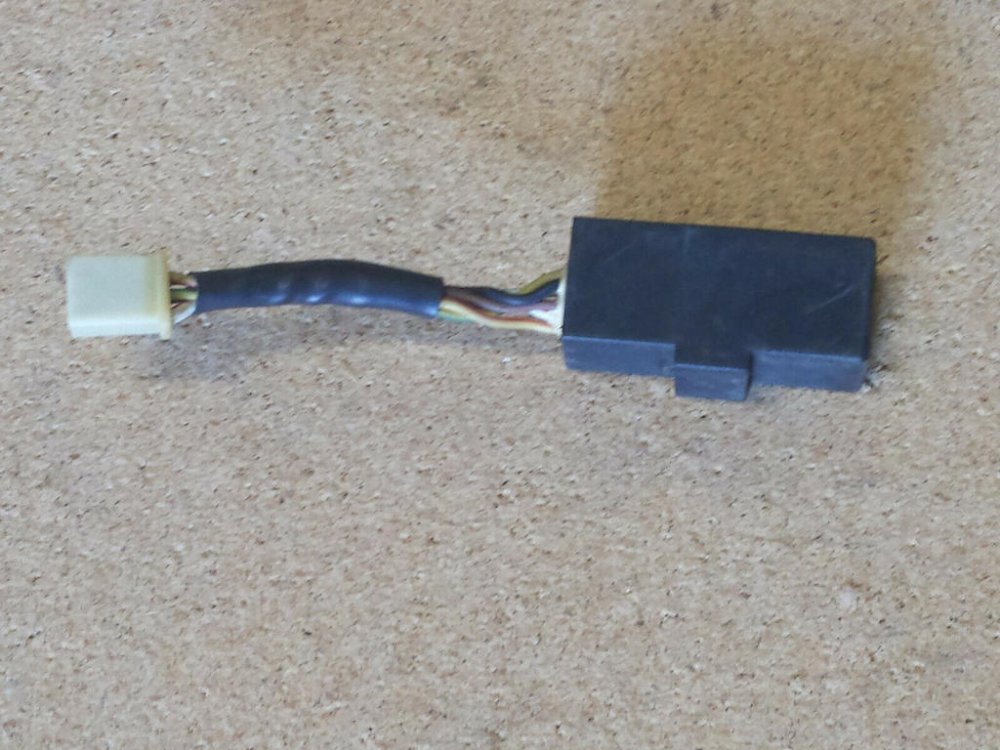
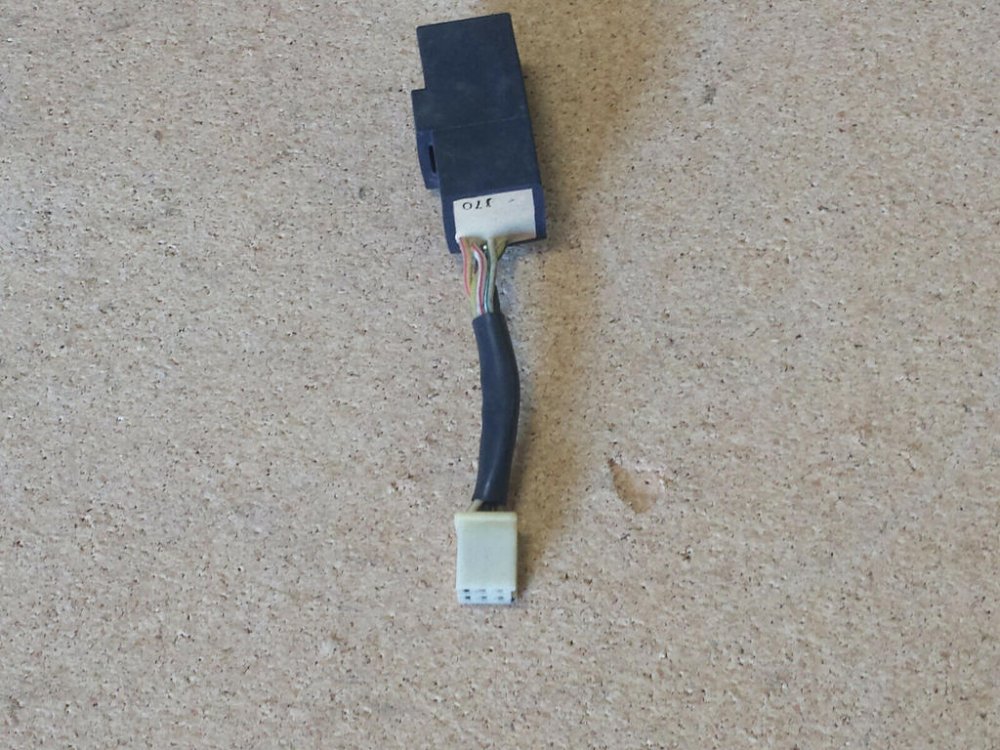
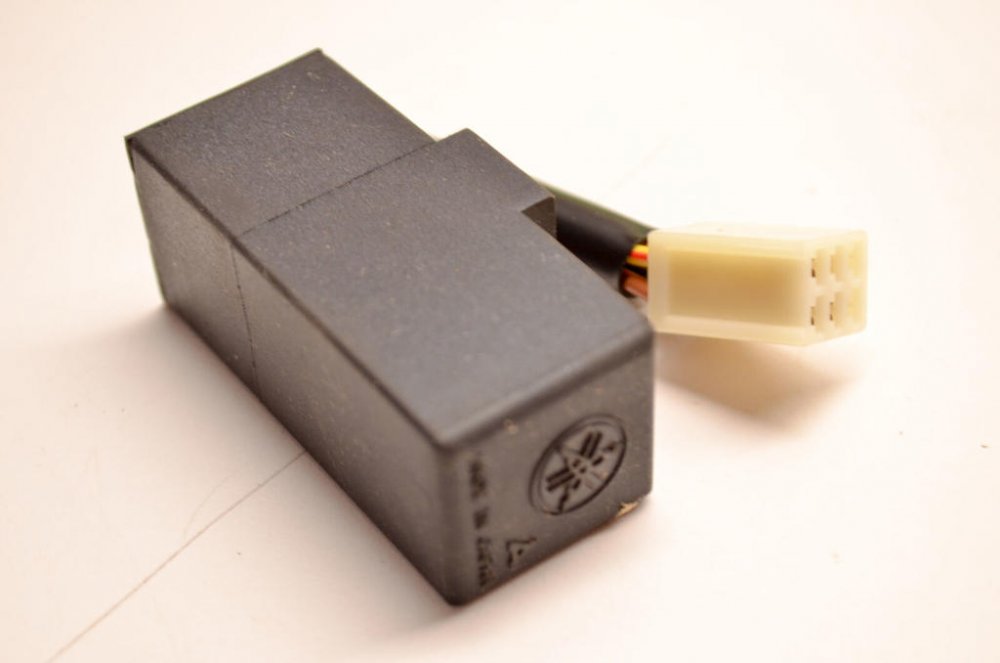

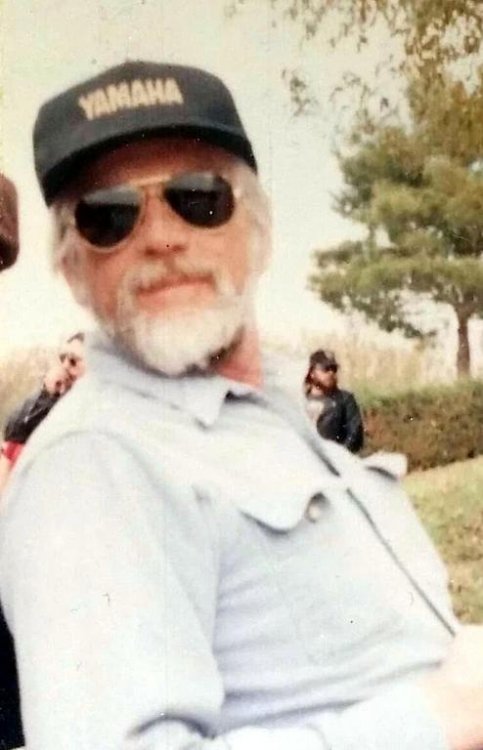
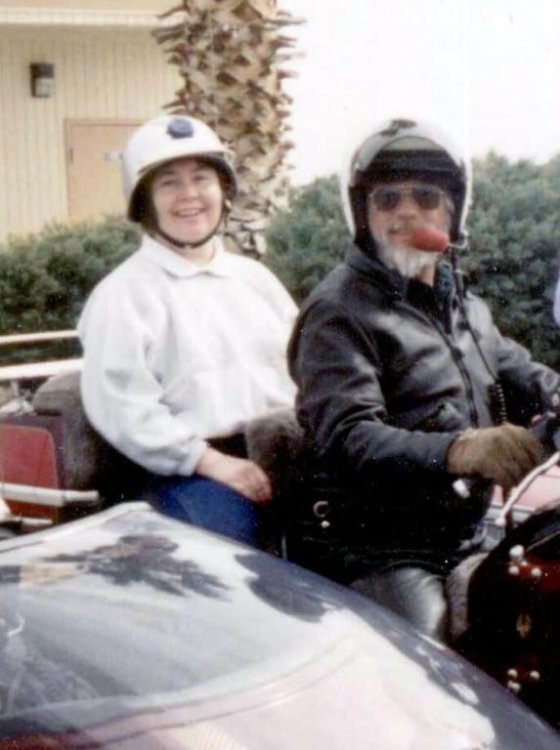
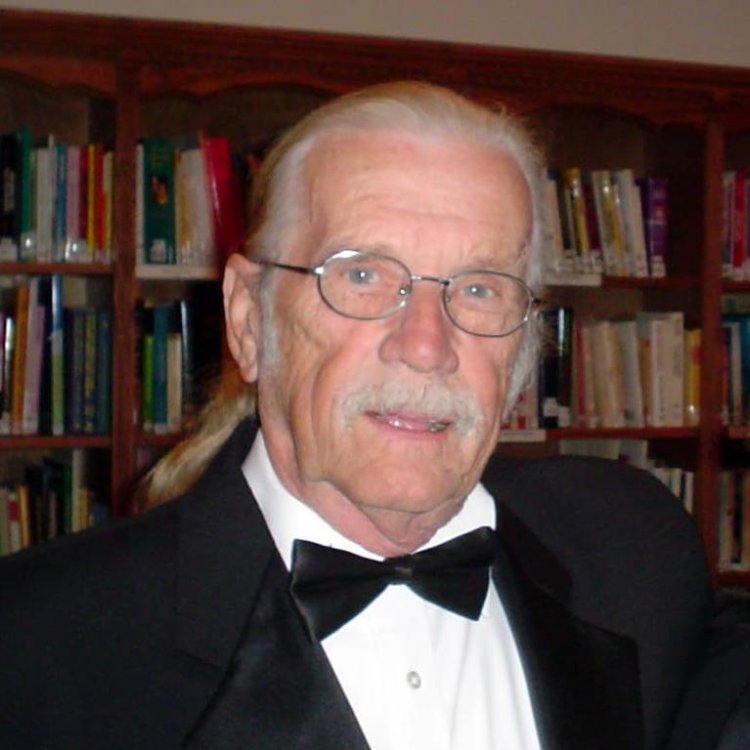
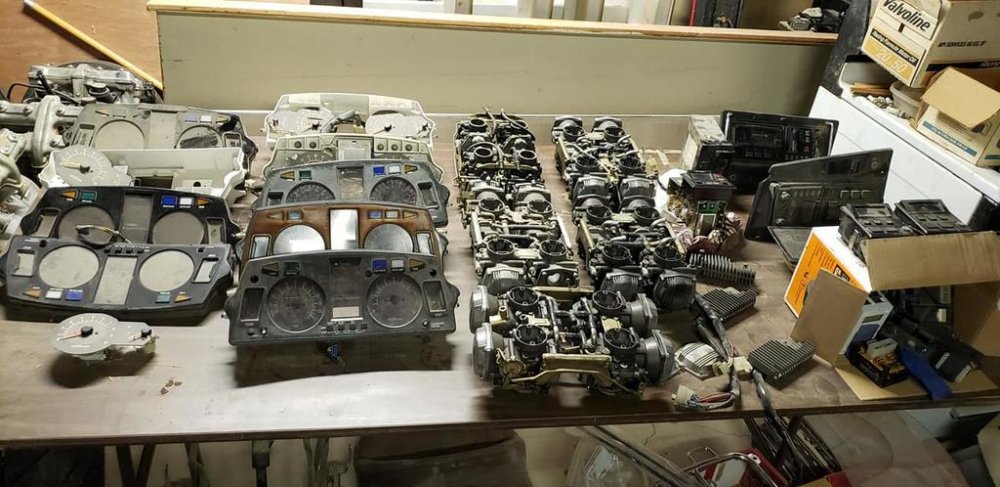
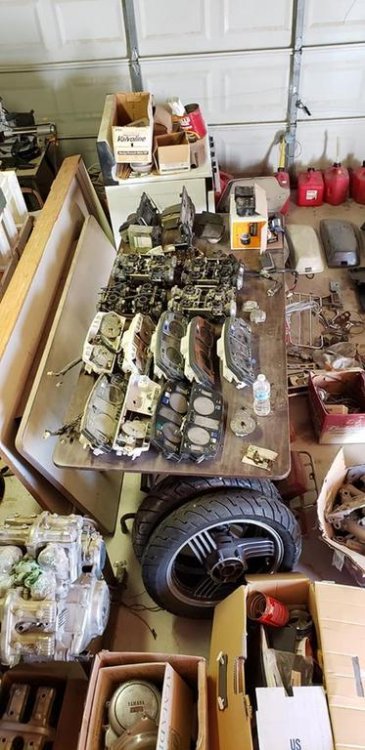
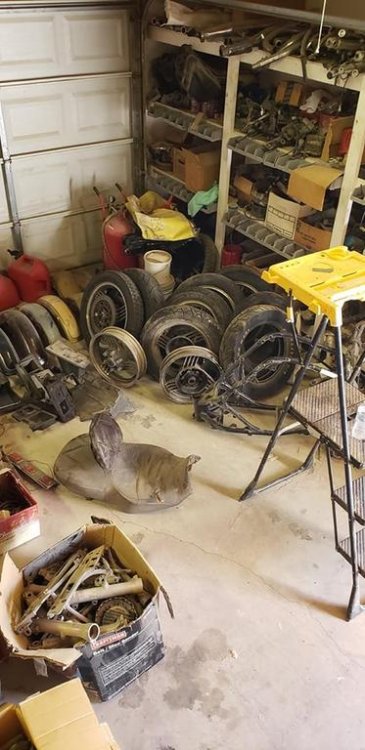
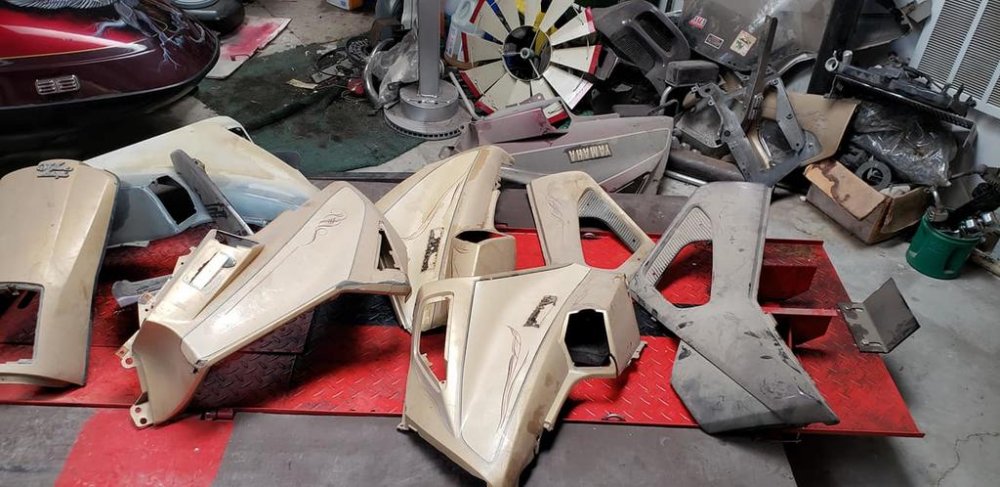
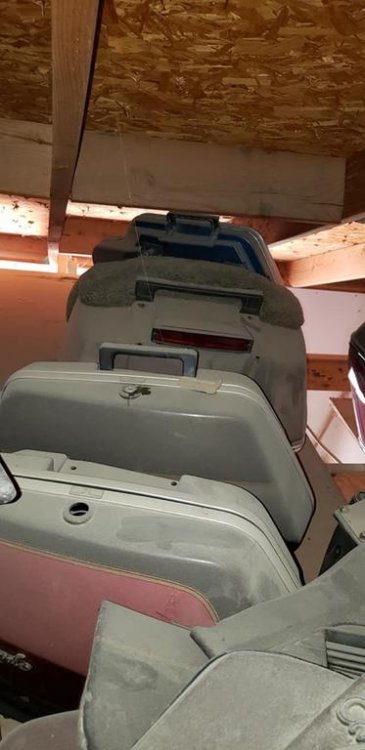
please help, what would you do?
in Venture and Venture Royale Tech Talk ('83 - '93)
Posted
Check the crankcase oil level. The gasoline may have drained into the crankcase sump. Again, not a good thing. Diluted oil.
A carburetor float valve that is stuck open will allow raw fuel to drain into the cylinder and ultimately the crankcase, washing down the cylinder walls in the process.
Usually the only way for the First Generation Venture to flood the engine while sitting is because of a faulty fuel pump (poppet valves wedged open or deformed open) AND stuck open carb floats. And even then, the tank has to be full. When the fuel leaking into the carbs and engine reaches a level where the fuel level in the tank is equal to the height of the carb float valve, then it will stop.